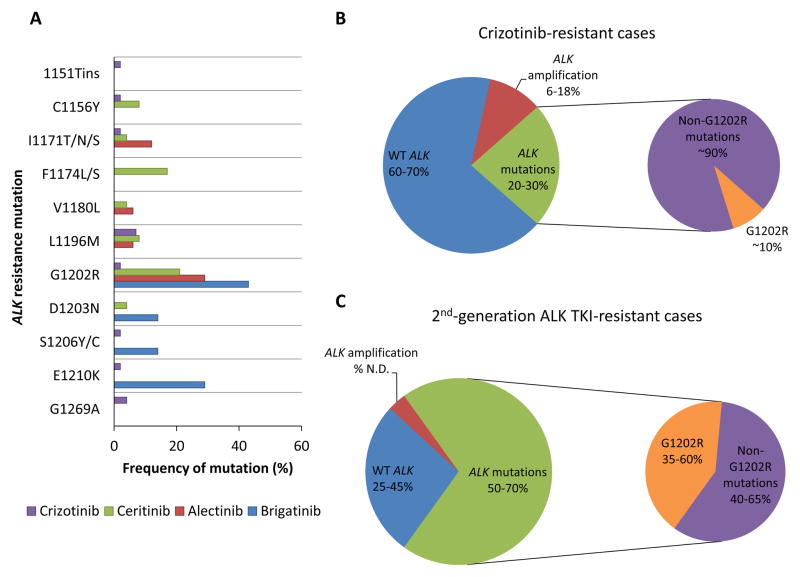Figure 3. Acquired resistance mechanisms to ALK TKIs.
(A) The reported frequency of each secondary resistance mutation in the ALK kinase domain is depicted for post-crizotinib (n = 55), post-ceritinib (n = 24), post-alectinib (n = 17), and post-brigatinib (n = 7) cases, based on reference 78. The absence of a colored bar representing an ALK TKI (e.g., a blue bar representing brigatinib) indicates that the particular ALK mutation was not detected in the tested cases progressing after that specific ALK TKI (78). In (B) and (C), the differential frequency of ALK secondary mutations in crizotinib-resistant versus second-generation ALK TKI (e.g., ceritinib, alectinib, brigatinib)-resistant cases (20–30% versus 50–70%, respectively) is highlighted. Notably, the frequency of the G1202R mutation is significantly higher after relapse on a second-generation ALK TKI compared to crizotinib. ALK amplification appears to be an infrequent mechanism of resistance to second-generation ALK TKIs, although the exact frequency has not been determined (N.D.). WT = wild-type.

